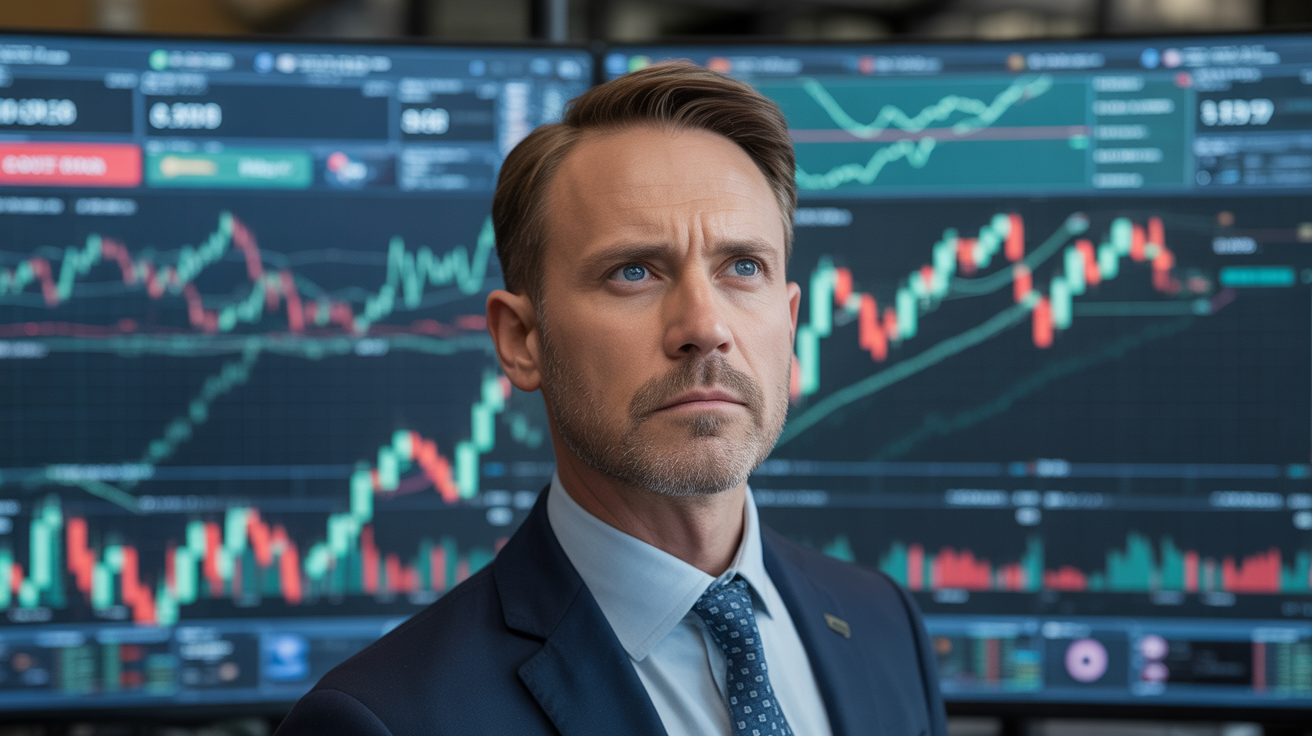Bitwise CEO: Institutional Crypto Investors Are Adopting Wall Street’s Playbook
Institutional investors are increasingly approaching crypto with the same analytical rigor used on Wall Street, favoring fundamentals and selective asset evaluation over simple market capitalization metrics, according to Hunter Horsley, CEO of Bitwise Asset Management.
Over the past decade, crypto has matured from a niche market into a recognized asset class, attracting hedge funds, corporate treasuries, and sovereign wealth funds. Yet, many investors still historically relied on market cap to gauge value. Horsley says that’s changing.
“Institutions used to treat the entire crypto market as an extension of Bitcoin — digital gold — making decisions largely based on market size,” Horsley told CoinDesk at Token2049 in Singapore. “Now they recognize that crypto is diverse, with each project offering unique use cases and value propositions. Investing is becoming more stock-like, with a focus on fundamentals.”
Fundamentals Over Size
This stock-picking approach mirrors traditional equity strategies, where investors analyze a company’s financials, growth prospects, and competitive positioning. Similarly, institutional crypto investors are now evaluating blockchain projects on network activity, governance, token utility, and adoption, rather than purely on total market cap.
Bitwise itself recently filed an S-1 with the SEC to launch a spot ETF for Avalanche (AVAX), reflecting growing institutional interest in diversified crypto exposure beyond Bitcoin.
Macro Environment Reinforces Selectivity
The shift toward fundamentals aligns with today’s economic environment. In contrast to the 2020 “everything rally” fueled by near-zero interest rates and low inflation, the current landscape features U.S. rates around 4% and persistent inflation. In this climate, crypto assets with strong fundamentals are more likely to thrive.
“This is a market where quality matters,” Horsley said. “Institutions are focused on assets with sustainable growth and risk-adjusted returns.”
Bitcoin: Store of Value vs Payments
Horsley also weighed in on Bitcoin’s dual role.
“Bitcoin must first be widely recognized as a store of value before it can function as a payments network,” he explained. “Scaling solutions like Lightning and projects like Lightspark are critical to enabling transactional use in the future.”
Regarding the four-year halving cycle, Horsley said historical bear markets tied to halving events may still occur but are less likely to be as severe due to a more mature and diversified ecosystem.
Toward a More Professional Market
“As crypto becomes increasingly institutional, investors are applying the same disciplined frameworks used in traditional finance,” Horsley said. “The market is evolving toward fundamentals-driven, professional investing — closer to Wall Street than ever before.”



























